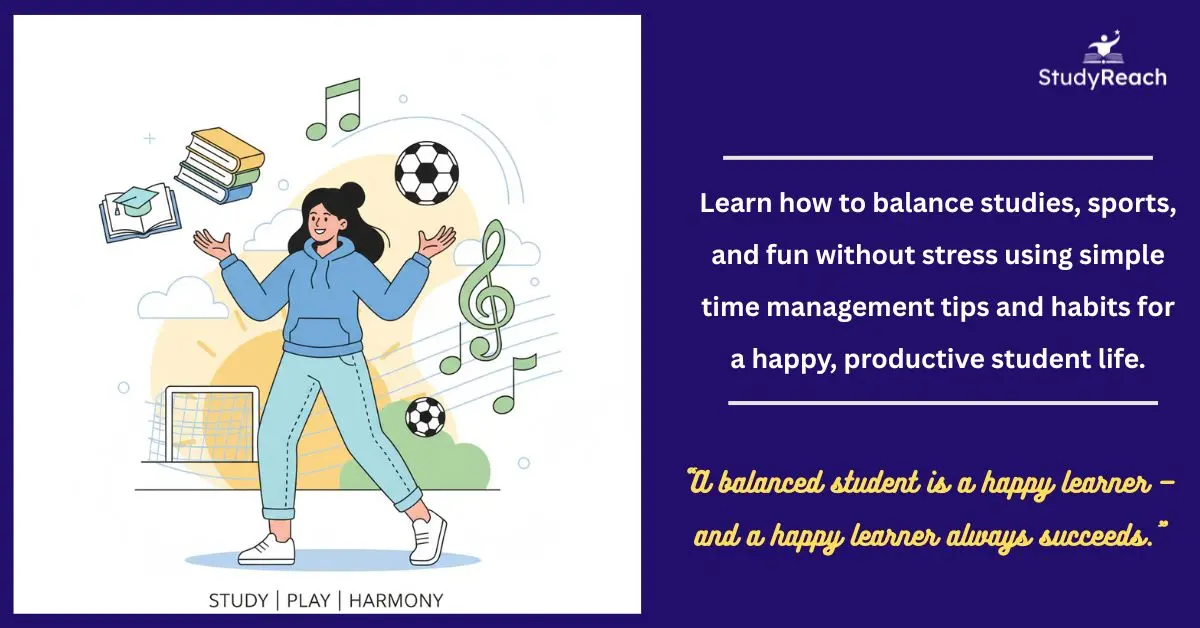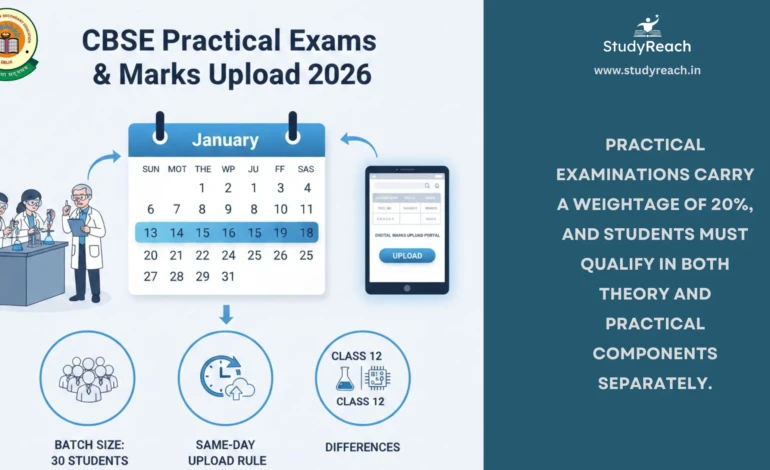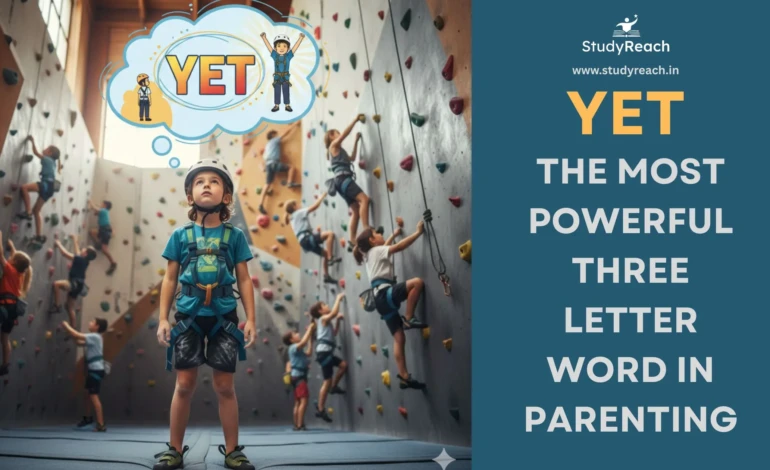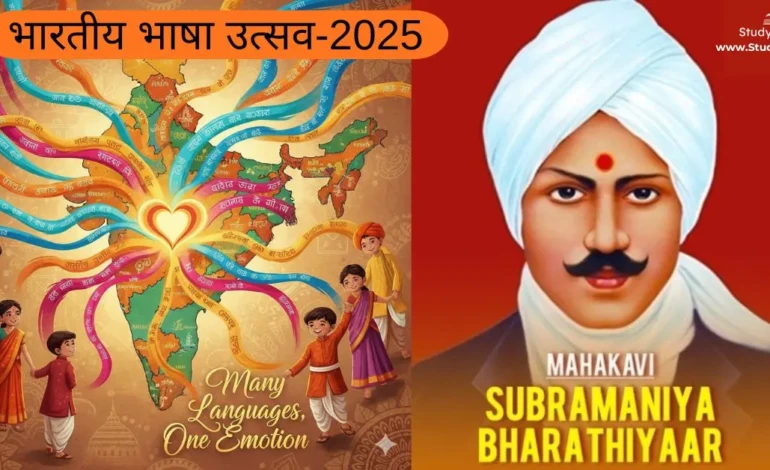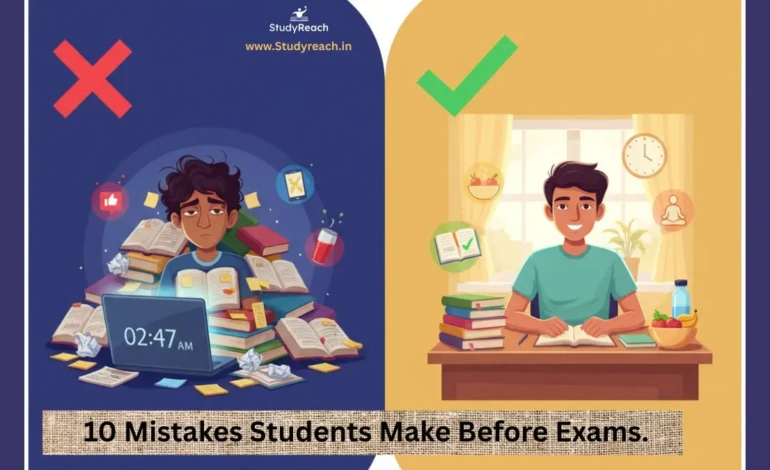
Artificial Intelligence (AI) is bringing a silent revolution in India’s classrooms. In 2025, it’s no longer about rote learning — it’s about personalized, data-driven, and interactive education.
This article explores how AI in education India 2025 is empowering students and teachers, the benefits it offers, the challenges India faces, and the real-life examples shaping the future of learning.
Table of Contents
AI in Indian Education – Quick Overview (2025)
| Category | Description |
| Adoption Rate | Over 65% of urban schools use at least one AI-powered tool |
| Top Uses | Personalized learning, virtual tutoring, smart assessments |
| Leading Platforms | Byju’s AI Labs, Google Classroom, Microsoft Copilot for Education |
| Government Support | National Education Policy 2020 promoting EdTech & AI integration |
| Key Challenge | Lack of teacher training and infrastructure in rural schools |
1. The Rise of AI in Education India 2025
In 2025, India’s classrooms are no longer limited to chalkboards and textbooks. With the introduction of AI-powered tools, learning has become interactive, adaptive, and more inclusive. Schools and colleges are using AI to analyze student performance, predict learning gaps, and create personalized study plans.
Even coaching centers in cities like Kota, Delhi, and Hyderabad are using AI dashboards to track student progress. This ensures that every learner receives the right support at the right time — something traditional systems struggled to achieve.

2. Major Benefits of AI in Learning
AI is making education smarter and more human-centric at the same time. Here are the key benefits of AI in learning:
- Personalized Learning: AI adjusts the pace and content as per each student’s ability.
- Smart Assessments: Automatic grading and feedback save teachers hours of effort.
- 24×7 Virtual Tutors: Students can learn anytime using chatbots and virtual assistants.
- Data-Driven Insights: AI helps schools identify struggling students early.
- Language Support: AI tools translate lessons into regional languages, promoting inclusivity.
Example: Platforms like Byju’s AI Tutor and Google’s Socratic App help students solve complex problems step-by-step using AI explanations.
3. Real Use Cases of AI in Indian Classrooms (2025)
| Use Case | Description |
| Smart Classrooms | Schools use AI-based sensors for attendance and engagement tracking. |
| AI Writing Assistants | Students use ChatGPT-like tools for essay improvement and grammar correction. |
| Predictive Analytics | Colleges analyze data to predict dropouts and suggest timely interventions. |
| Career Guidance | AI counsellors match students’ interests with future-ready careers. |
These use cases show that AI is not just a futuristic concept — it’s already active in Indian education.
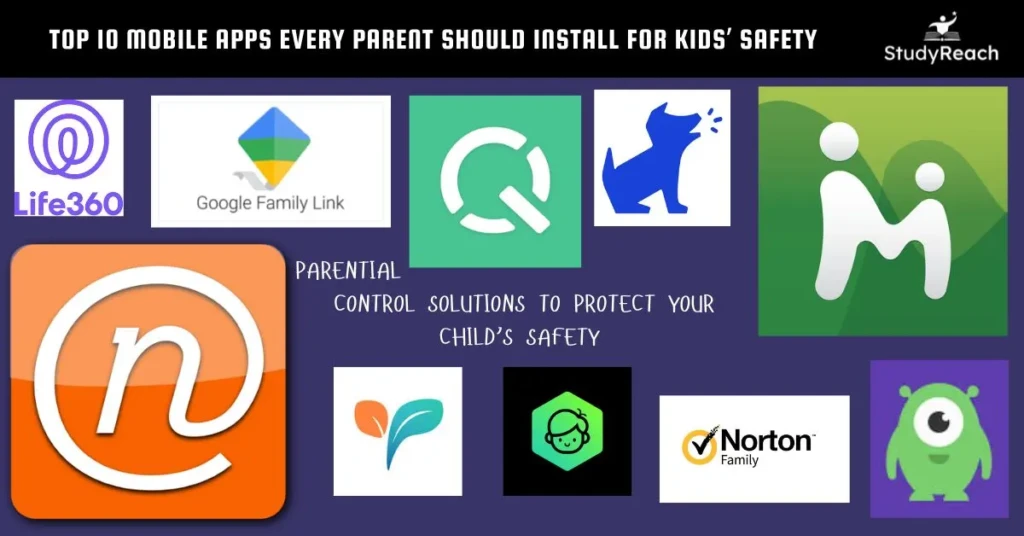
In today’s fast-moving digital world, kids are more connected than ever — and that comes with risks. From excessive screen time to online predators, cyberbullying, and……..Top 10 Mobile Apps for Kids’ Safety
4. AI Challenges in Indian Education
Despite rapid progress, AI challenges in Indian education remain significant:
- Digital Divide: Many rural schools still lack internet or smart devices.
- Teacher Readiness: Educators need training to use AI tools effectively.
- Data Privacy: Student data collection poses ethical risks.
- Cost Factor: Advanced AI platforms can be expensive for small institutions.
- Language Barriers: AI models often favor English, limiting use in regional schools.
“AI can’t replace teachers — but teachers who use AI will replace those who don’t.”
— Dr. Beena Porwal, Education Consultant
AI for All Initiative – NITI Aayog & Intel India
👉 Welcome to the AI for All Program – Ministry of Education
A government-backed digital program to promote AI awareness and learning across students and teachers.
5. The Road Ahead
The future of AI in education India 2025 looks promising. The government’s push through NEP 2020, AI-for-All Initiative, and collaborations with tech companies like Intel and Google are expanding access.
Soon, AI will not just teach but understand — identifying emotions, focus levels, and motivation to make learning truly human.
Q1. How is AI helping Indian students learn better?
AI provides personalized learning experiences, instant feedback, and access to virtual tutors, making learning more effective.
Q2. Are Indian teachers ready for AI integration?
Many teachers are learning to adapt. Government and private training programs are improving awareness and digital literacy.
Q3. Can AI replace human teachers?
No, AI supports teachers by automating repetitive tasks — the human connection in education remains irreplaceable.


